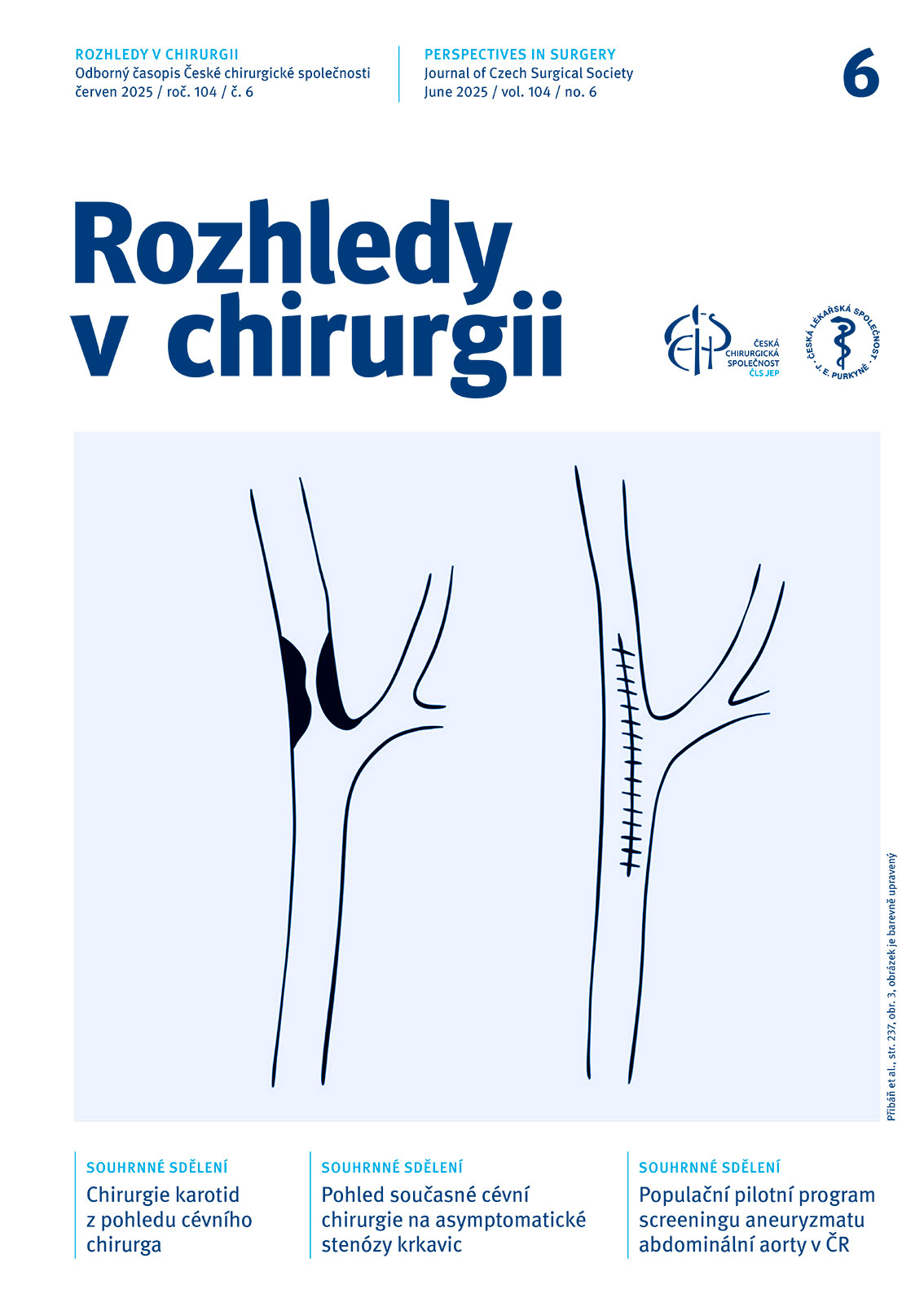Abstract
Extra-intracranial bypass represents a controversial yet significant component of neurosurgical treatment for cerebrovascular diseases. The indications are moyamoya disease, steno-occlusive atherosclerotic disease of the internal carotid artery, acute ischemic stroke, and, more rarely, complex intracranial aneurysms and skull base tumors. Although historical studies have yielded mixed results and limited its use, modern diagnostic and surgical techniques are reopening the path for selective application of bypass in high-risk patients.
A clear indication is the rare moyamoya disease, where bypass is a proven method for preventing ischemic or hemorrhagic strokes. In patients with symptomatic chronic internal carotid artery occlusion and exhausted cerebrovascular reserve, bypass may serve as a potential treatment modality, provided it is carefully indicated through comprehensive specialized evaluation. Emergent bypass should be considered for a narrow group of patients with acute ischemic stroke when standard treatment fails or is not feasible.
Despite ongoing debate, extra-intracranial bypass remains an essential part of cerebrovascular surgery. The key to success lies in the proper selection of patients and precise microsurgical execution. Modern approaches and technologies help reduce the risk of complications and enhance the effectiveness of this intervention, offering hope to patients with otherwise limited treatment options.
doi: 10.48095/ccrvch2025247


